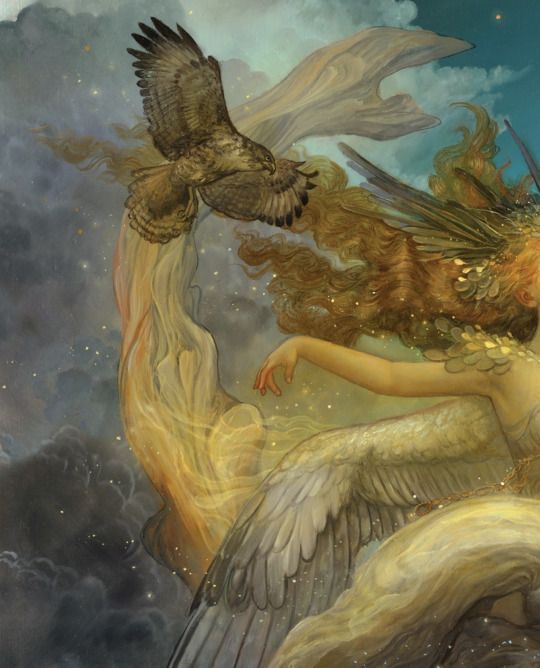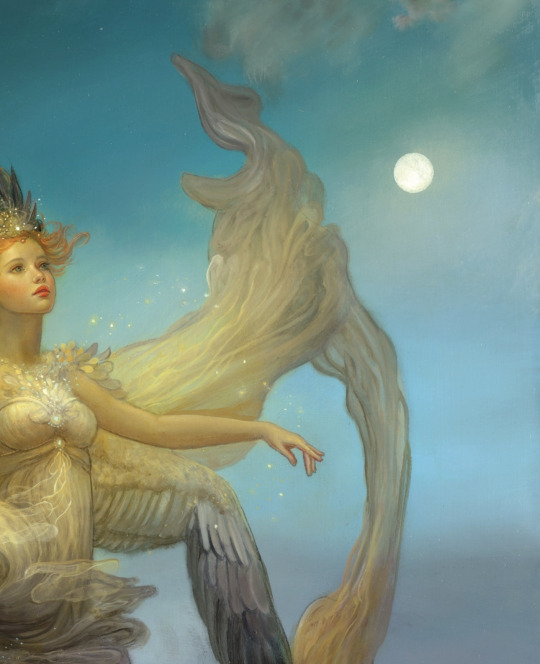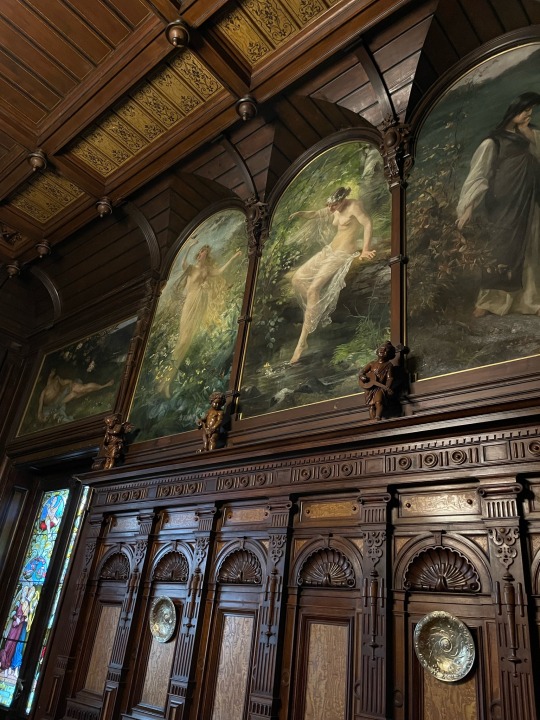Rai, 21+, she/her. Look I just really love Mako Mori
Last active 4 hours ago
Don't wanna be here? Send us removal request.
Text
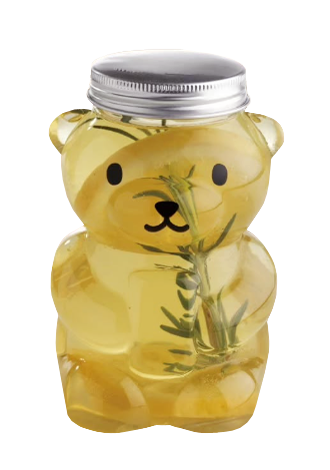
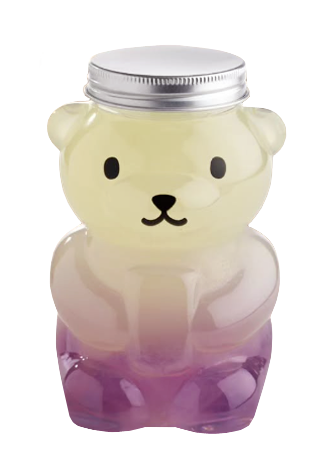
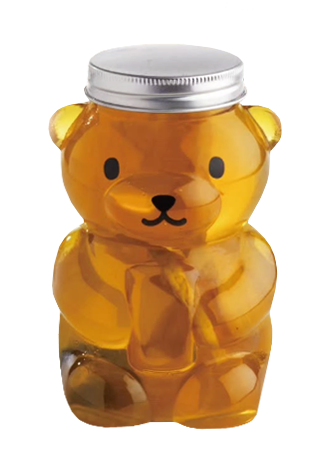
Lemon Green Tea / Butterfly Pea Lemonade / Orange Tea
2K notes
·
View notes
Text

Children in a traditional minobashi raincoat going to a new year's event, Niigata prefecture, Japan 1956, by Hiroshi Hamaya
4K notes
·
View notes
Text


Arctic Moon & Ice Castles, New Hampshire
ryanzipp
4K notes
·
View notes
Photo

Silver & Enamel Case Japan. Meiji period 3 ¼’’ x 2 ½’’ - 8cm x 5.5cm A very fine quality silver and enamel case, worked with a praying mantis, dragon fly and a hornet, on a millfleur ground. Signed: Jumai.
941 notes
·
View notes
Photo

“Helen Marye.” Photographed 1913 in Washington DC. Future socialite Helen was daughter of George Marye, ambassador to Russia. She died in 1970 at the age of 63.
178 notes
·
View notes
Text

The afternoon light on the Hawkdun ranges
YouTube | Tip Jar
253 notes
·
View notes
Text

Random comment on pasta recipe with more emotional impact than the 1000's of novel length intro to recipies
30K notes
·
View notes
Text
I’ve been trying this out and it’s been quite helpful 🤗
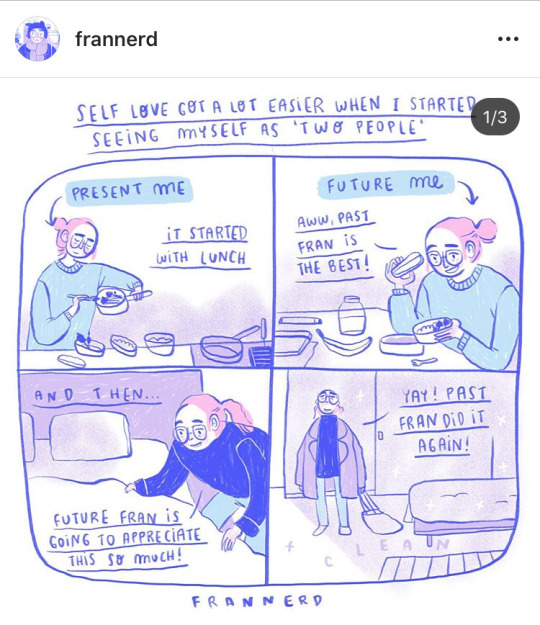


93K notes
·
View notes
Text










I don’t know if I’ll ever get over how cool these bug mugs are. I have all these beetle mugs and another pile of cicada mugs up on the shop now so if you’re inclined they are available!
1K notes
·
View notes


